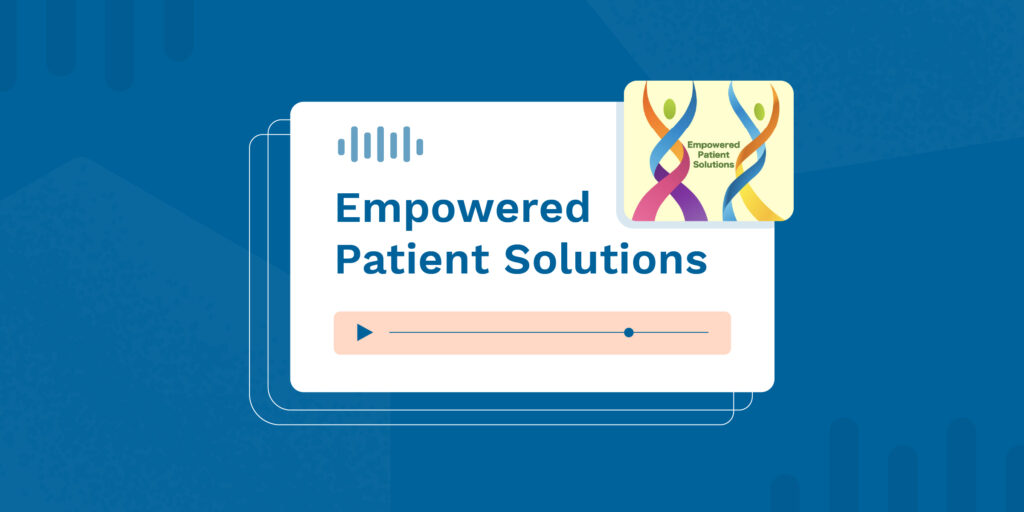Healthcare and innovation go together like peanut butter and jelly. The stethoscope, X-rays, pacemakers, artificial heart, the Human Genome Project…the list is long and aspirational. While electronic prescribing might not get the same attention in the history books as other medical innovations, it’s done a lot to improve patient safety. E-prescribing has reduced medication errors from 42.5 per 100 prescriptions to 6.6 per 100 prescriptions.* And when medication errors go down, so do adverse drug events (ADEs).
Number One Cause of Problems: Poor Penmanship
E-prescribing significantly reduces errors resulting from undecipherable physician handwriting. In fact, the Institute of Medicine estimates that 1.5 million preventable ADEs occur in the U.S. each year and more than 7,000 patient deaths are linked to poor handwriting and prescription filing errors.
And a study from the National Institutes of Health (NIH) reviewed 398 prescriptions of which 199 were handwritten and 199 used e-prescribing. Errors were identified in 35.7% the of handwritten prescriptions versus only 2.5% of electronic prescriptions.
Making e-Prescribing Even Better
However, as successful as e-prescribing is, mistakes do occur. According to another study published by NIH, omitting information is responsible for 60.7% of all e-prescribing errors and 50.9% of adverse drug events.
- Experience and practice. When both providers and pharmacists are familiar with e-prescribing tools, medication errors drop.
- Information-based functionality. E-prescribing systems with the lowest error rates are those that include patient medical histories, insurance plan formularies, integration with pharmacy benefit managers, and electronic prior authorizations.
- Decision-support features. Alerts for drug-to-drug, drug-to-diagnosis, and drug-to-allergies help prescribers avoid potential adverse drug events.
Proactive Next Steps
- Conduct an e-Prescribing audit. If you currently have an e-prescribing system, a quick review of your system can help you determine if it includes error avoidance features. If it doesn’t, you may want to upgrade your system.
- Adopt an e-Prescribing tool. If you aren’t using e-prescribing software yet, consider adding one to your practice. Not only will it help you avoid prescription errors, federal and some state governments are requiring it to prescribe controlled substances.
- Be safe, e-Prescribe. In 2018, 85% of prescriptions were transmitted electronically.** Clearly this technology is dominating the way prescriptions are written and dispensed. Implementing a high-quality, high-value e-prescribing solution can add value to your practice by improving safety, efficiency, and patient satisfaction.
Patient Satisfaction Rises with E-prescribing
Research reported by Dove Press found that 64.8% of patients perceived an improvement in care when their medications were prescribed electronically.
* Kaushal, R., Kern, L.M., Barron, Y., Quaresimo, J., Abramson, E.L., “Electronic prescribing improves medication safety in community-based office practices,” Journal of General Internal Medicine, July 25, 2010.





